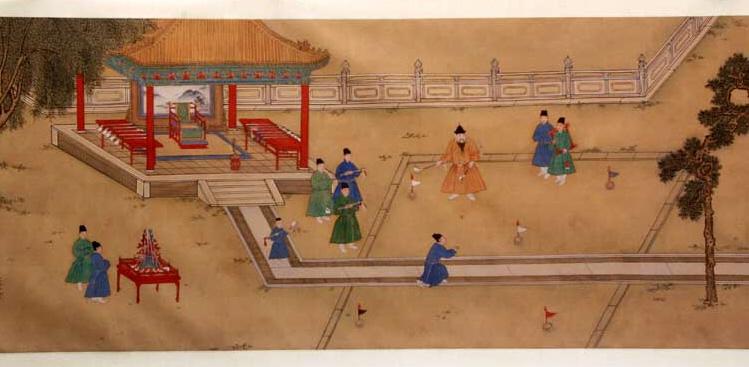Conventional knowledge puts the origin of golf in 15th century Scotland. But who were the ones to first come up with this calm, focused, and scenic sport? Looking at ancient Chinese texts and paintings unravels the history of an activity that evolved over hundreds of years and which shares uncanny similarities to the Western pastime.
In the Tang Dynasty (618–907 A.D.), Chinese sportsmen played a strenuous racing game in which competitors rode horses while dribbling balls across an arena a hundred times the size of a modern soccer field.
The sport could only be mastered by the most capable athletes and was eventually simplified to be played on foot. This was especially helpful for court ladies, and their participation in what became known as “chuiwan” or “strike the ball” helped dramatically to popularize it in later eras.
Players used up to ten clubs to strike wooden balls of different sizes. Holes were laid out on courses of varying difficulty.
Artwork depicting Chuiwan can be found as late as the Ming Dynasty (1368–1644). Court painter Shang Xi depicted the Ming emperor Xuanzong playing the sport, while Du Jin painted a scene of “Beautiful Ladies Playing Chuiwan.”




